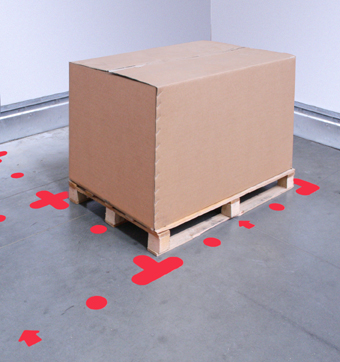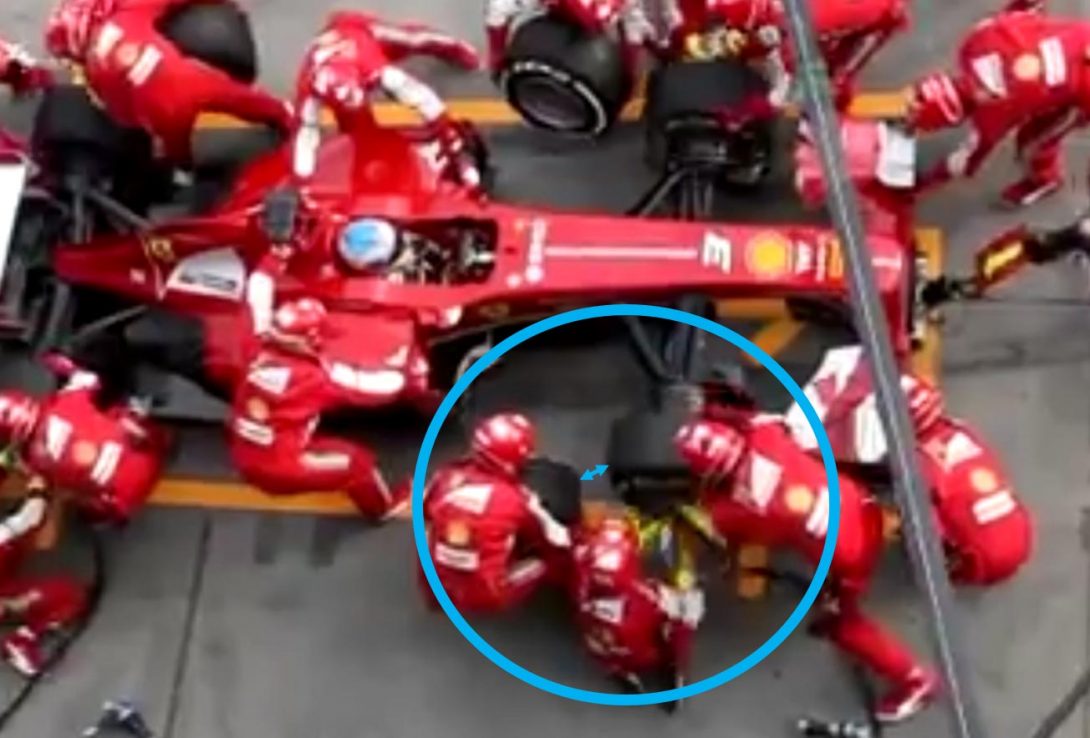Root Cause Analysis: The 5 Whys Explained
 By
Rich Sutherland
·
4 minute read
By
Rich Sutherland
·
4 minute read
Root Cause Analysis, or RCA, is a Lean management principle that focuses on solving problems in a logical and methodical way. As the name suggests, it involves identifying the root cause of the problem, as this way it can be fully rectified rather than simply addressing its most obvious symptoms.

What is Root Cause Analysis and what is the purpose of it?
A key element of Root Cause Analysis is the creation of an effective solution that will remove the problem not only in the short-term but also far into the future. This is why RCA is also referred to as the “100-year fix”, as its purpose is to prevent the problem from reoccurring indefinitely.
What are the Root Cause Analysis 5 Whys?
There’s a very simple yet effective method used in Root Cause Analysis, which is called the Five Whys. This involves asking “why?” five times, with each instance digging deeper before arriving at the root cause. By following this process, you can really get to the nub of the problem and make an informed decision on how it should be fixed. Here’s an example:
Why is there a puddle of water on the floor?
The overhead pipe is leaking.
Why?
The water pressure is too high.
Why?
One of the control valves is faulty.
Why?
The control valves haven’t been tested recently.
Why?
This task isn’t on the regular maintenance schedule.
Solution: Add the testing of overhead pipe control valves to the regular maintenance schedule.
This is a great example of how the The 5 Whys uncover the source of a problem, as the puddle wasn’t caused by an employee knocking over a bucket of water, nor was the dripping pipe a result of damage or degradation. Instead, it’s a simple case of ensuring that the control valves are checked more often.
This technique can be applied to all kinds of issues, from slow production rates and high levels of waste to miscommunication and safety risks.
The 5 Whys should involve everyone
As with many Lean principles, Root Cause Analysis and the asking of the Five Whys should involve multiple people. When management teams talk to employees with practical experience, they gain more detailed insight into how everything works and how the smallest elements affect the bigger picture. Your employees are your greatest assets and the knowledge they hold both individually and collectively is a goldmine of insight that will help you to run a leaner, cleaner, greener and more profitable business.
How to apply the Five Whys
The 5 Whys process is at the heart of an effective continuous improvement programme, as it encourages a proactive attitude and far greater levels of attention to detail. To remain consistent, here are five steps to integrating the Five Whys into your Root Cause Analysis and wider Lean management strategy:
- Assemble 5 Whys teams: Rather than waiting for problems to grow to the point where they’re unmissable, assemble a team with ambassadors from different departments with the responsibility of collecting information and reporting issues right away. These representatives can also motivate their fellow team members to be more vigilant and draw attention to problems as soon as they appear.
- Group discussion: When a problem is interdepartmental or company-wide, this team can discuss how to rectify it by first going through the Five Whys and then assessing the options. By having a think tank available for every issue, a more focused and considered solution can be created that will bring long-term results rather than a quick fix based on limited knowledge and expertise.
- Keep it to Five Whys: It can be tempting to take the process further and ask additional questions, yet this can actually be counterproductive. The Five Whys have been proven to be an effective way to get to the root cause in a fast yet thorough manner.
- Be prepared for more than one root cause: Sometimes there will be more than one root cause, in which case each one should be given equal focus. In many cases the fixing of a root cause will actually remove more than one problem either actively or pre-emptively, so imagine how much improvement can be achieved when there are multiple root causes being addressed.
- Sustain: As with 5S Workplace Organisation, it is crucial that Root Cause Analysis is sustained by all departments. The principle needs to be fully incorporated into your company culture so that problems are reported, analysed and rectified in a timely fashion both now and on a long-term basis.
Make sure to document your RCA
Another important factor of Root Cause Analysis is to document it, as this way you have a clear description of what the problem was, why it occurred, and how it was solved. This information has many uses, as it gives instant access to your company’s problem-solving techniques, proves that an issue was addressed, provides an official report when an audit takes place, and offers valuable insight that will never be forgotten or lost.
Root Cause Analysis template
When carrying out RCA, remember to always follow these steps:
- Define the problem.
- Gather all the necessary data/evidence.
- Ask the Five Whys and identify the true root cause associated with the defined problem.
- Identify any corrective actions that will prevent recurrence of the problem and find the 100-year fix.
- Identify effective solutions that prevent recurrence, are within your control, meet your goals and objectives, and do not cause other problems.
- Implement the recommendations.
- Observe the recommended solutions to ensure effectiveness.
- Sustain, sustain, sustain!
What are the benefits of Root Cause Analysis?
The immediate and effective removal of a problem, no matter how small, will always come with multiple benefits. By carrying out Root Cause Analysis and asking the Five Whys, your business will experience the following:
- Improved efficiency
- Increased productivity
- Minimised waste
- Greater levels of safety
- A more engaged workforce
- Reduced costs due to operational efficiency
- A company culture of responsibility and empowerment
We can help you to optimise your Root Cause Analysis
The Lean and visual management specialists at Clarity are here to support your business through consultancy, training and bespoke visual management products. For additional guidance, take a look at our guide to the Root Cause analysis board and book one of our Practical Problem Solving workshops for your teams.



